World Cup Girls
World Cup Girls
Thomas Mandl
July 12, 2018

Marina (20) was born in Moscow and, during the whole World Cup, looks after an Adidas soccer cage in the centre of town. Every day, she meets fans from every country and enjoys the World Cup atmosphere. The Russia versus Spain game was the first one she was able to see outside of her job
Thomas Mandl:
My main concern with this reportage is to strengthen the culture of female football fans. I also want to draw attention to the sexism that, unfortunately, is still very much linked to the question of female football fans.
What has the reaction been like?
Predominantly very positive. I’ve received many messages from all kinds of countries, and many people have thanked me for my commitment. All the women that I portrayed for the reportage are thankful and proud to be part of the project.
What techniques did you use to achieve your photographic goal? Was your approach different compared to the rest of your work?
First of all, I had no idea what to expect in Russia. I hadn’t received any accreditation from the Russian authorities, so I had to behave like a football fan. I had a total of four different fans scarves with me. Virtually all the pictures were taken at the same place in Moscow. In the down town area, there was only one place where I could take portraits with a black backdrop, so I had to be very patient at times and wait – or convince women to go to that spot with me. I don’t normally speak very much with the people I plan to photograph for a reportage; but for this project I had to take the offensive, be open and chatty. There were often long conversations with the fans before the pictures were taken.
How did you yourself perceive the World Cup?
In the many conversations I had with female fans from all over the world, I learnt that drastic changes are needed in many countries, so as to put sexism in football aside. Above all, in Russia itself a lot needs to be done.
What influence do you think photography has on football?
Pictures have a very big influence on football, because in some cases only 40,000 fans can be at a game in person, and the rest of the world follows the action with (moving) pictures. That’s why it’s very frustrating that over 95 percent of the female fans are not shown, because they don’t fit into the one-sided beauty ideal of the ‘Perv-Cam’, or are not sexy enough to be shown on instagram under #worldcupgirls.
Thomas Mandl+-
Thomas Mandl was born in Munich in 1990, and started taking analogue photographs when he was 16. After finishing high school he decided to study Geography and Politics. In parallel to his studies he began working in fashion photography, and as a film maker in Stockholm and Munich. Since 2017, his focus lies on his own reportages, and on activist, politically-motivated projects. More

Marina (20) was born in Moscow and, during the whole World Cup, looks after an Adidas soccer cage in the centre of town. Every day, she meets fans from every country and enjoys the World Cup atmosphere. The Russia versus Spain game was the first one she was able to see outside of her job
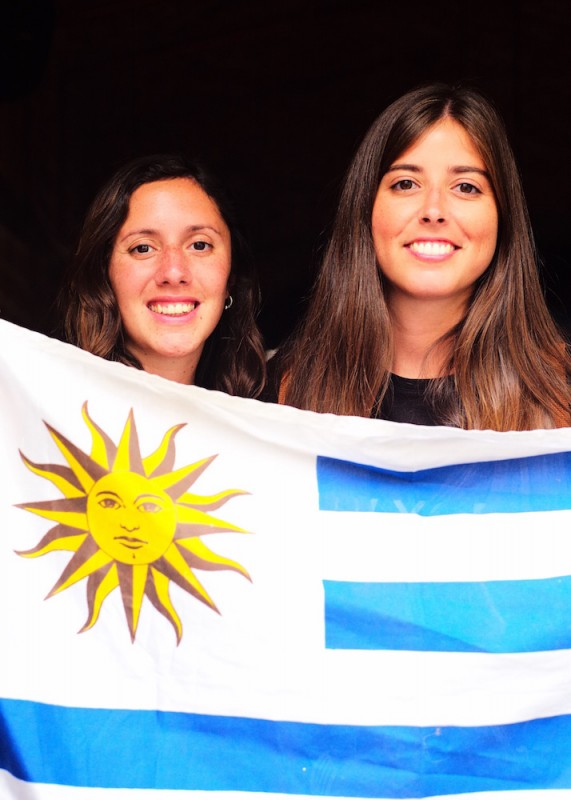
Erika (30) and Sofia (26) support their homeland, Uruguay. They were very happy about the early qualification for the next round, but were worried about the next opponent – Portugal. They would have preferred it to be Spain rather than Ronaldo and his team.
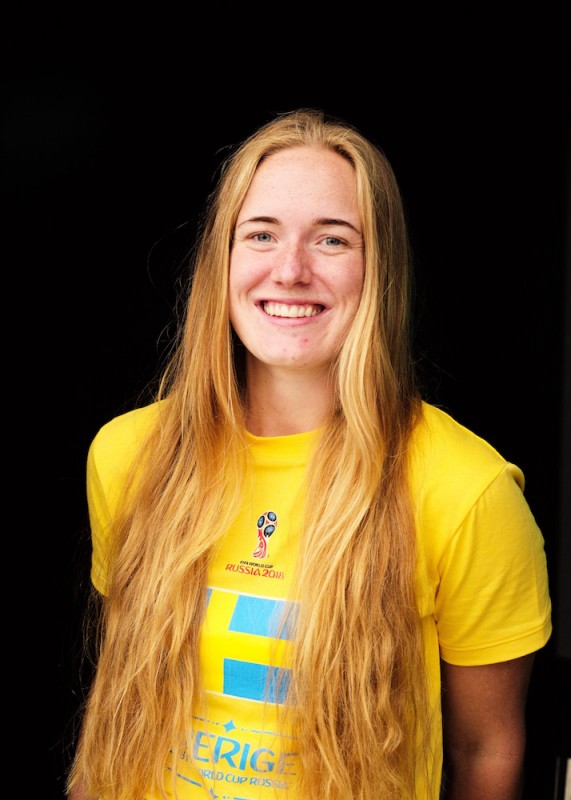
Johanna (22) is from Malmö in Sweden. Even though Sweden is quite ahead in questions of equality, among football fans men are still very dominant. In Russia, Johanna is experiencing her first World Cup, and after her time in Russia will travel to Asia.

Cinthya (34) from Mexico has already travelled once to a World Cup. She goes to many football matches in her homeland, and is happy that stadiums in Mexico are filled with just as many women as men. In Russia, however, female fans from her homeland are not very well represented. She reckons that only about 20 percent of the Mexican fans in Russia are women.
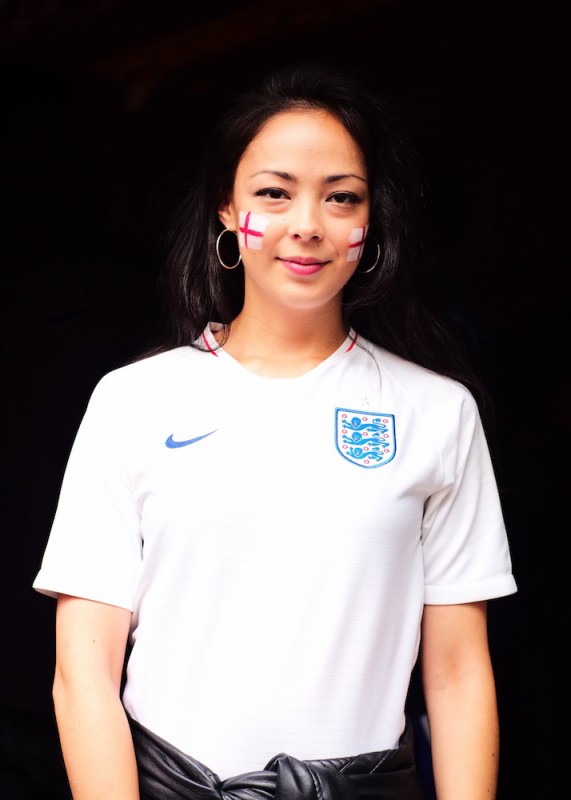
Mimi (27) is from London and is a fan of FC Bayern Munich and Crystal Palace. She is very satisfied with the situation when she goes to stadiums in England, and feels quite safe there. Being a female fan, she was a bit worried at first about the situation in Russia, but these doubts disappeared after a very short while.
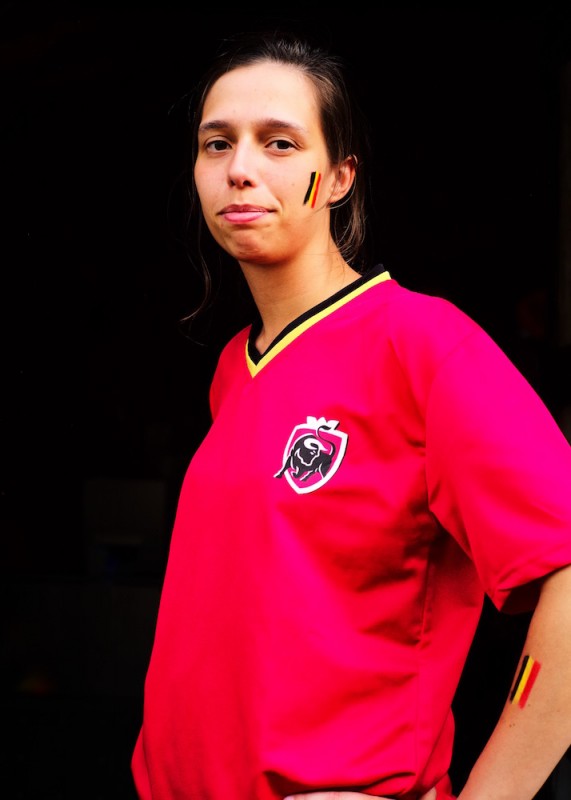
Right in the first week of the World Cup, Hannah (24) from Belgium was already optimistic that her team would reach the quarter finals at the very least. At home she supports her local team, FC Bruges, who are currently Belgium’s national champions. If Belgium were to become World Champions it would be her most successful football year.
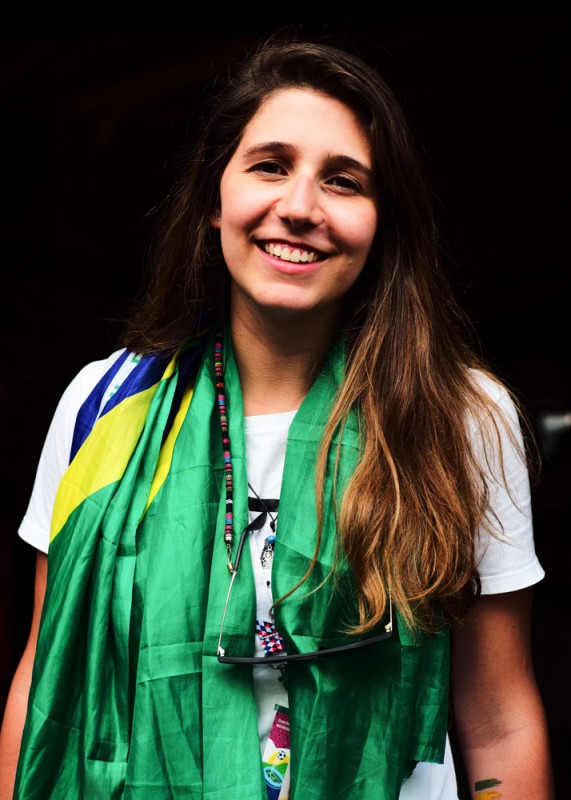
Eloisa (27) is from São Paulo and supports FC Santos in Brazil. Because it is very dangerous to go to stadiums in her homeland, only around 10 percent of fans there are women. In Russia, however, she met many female fans from Brazil, who had travelled to the World Cup on their own.
